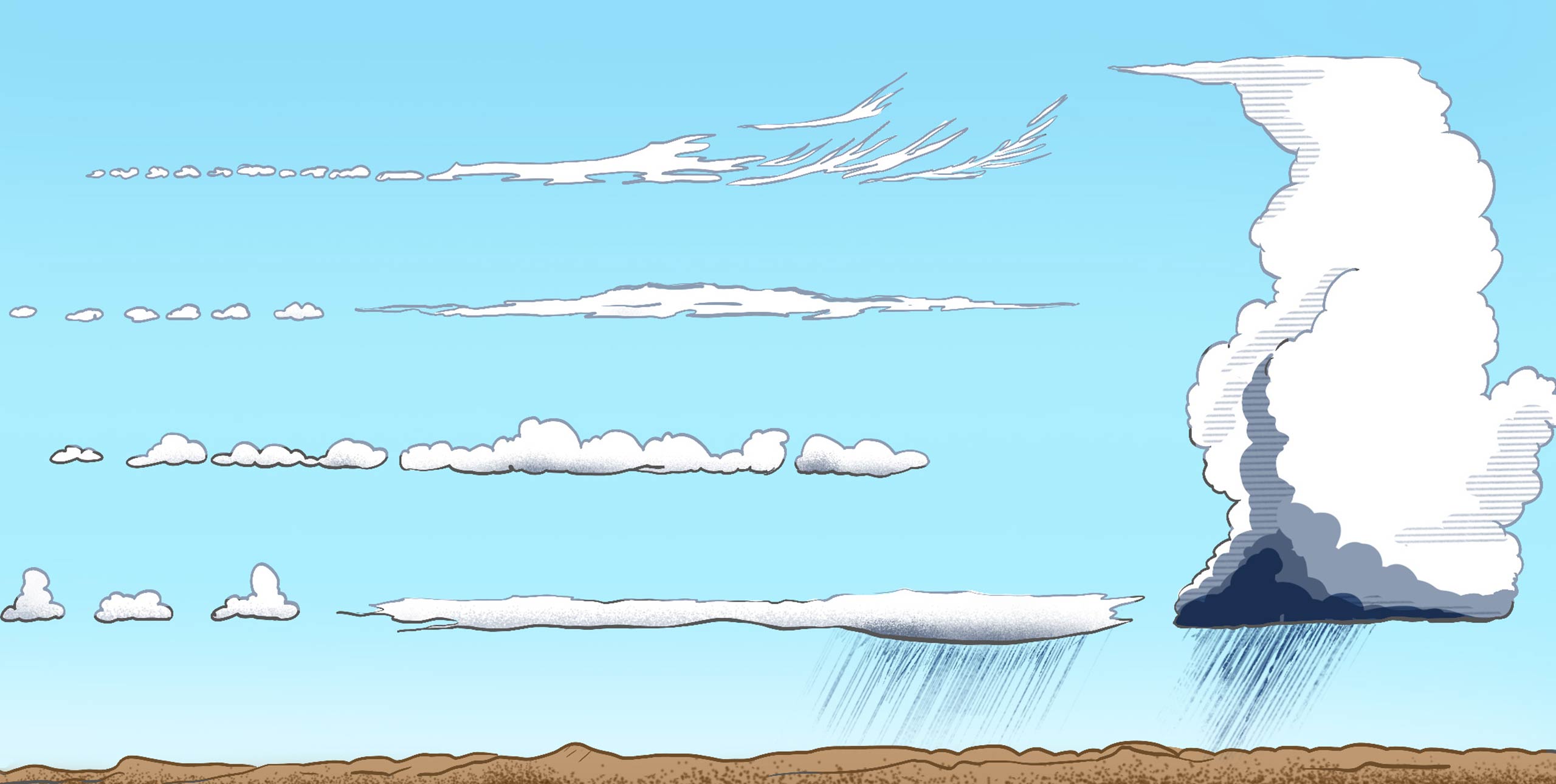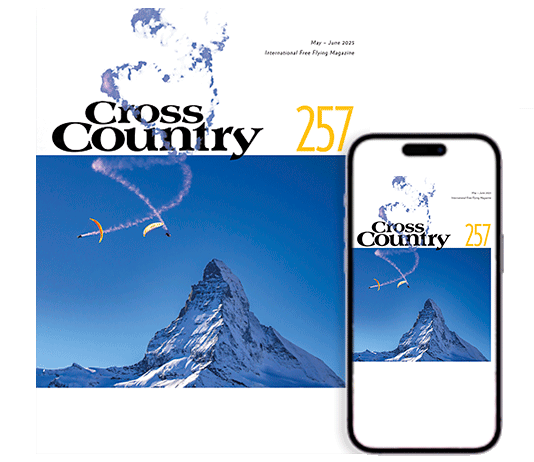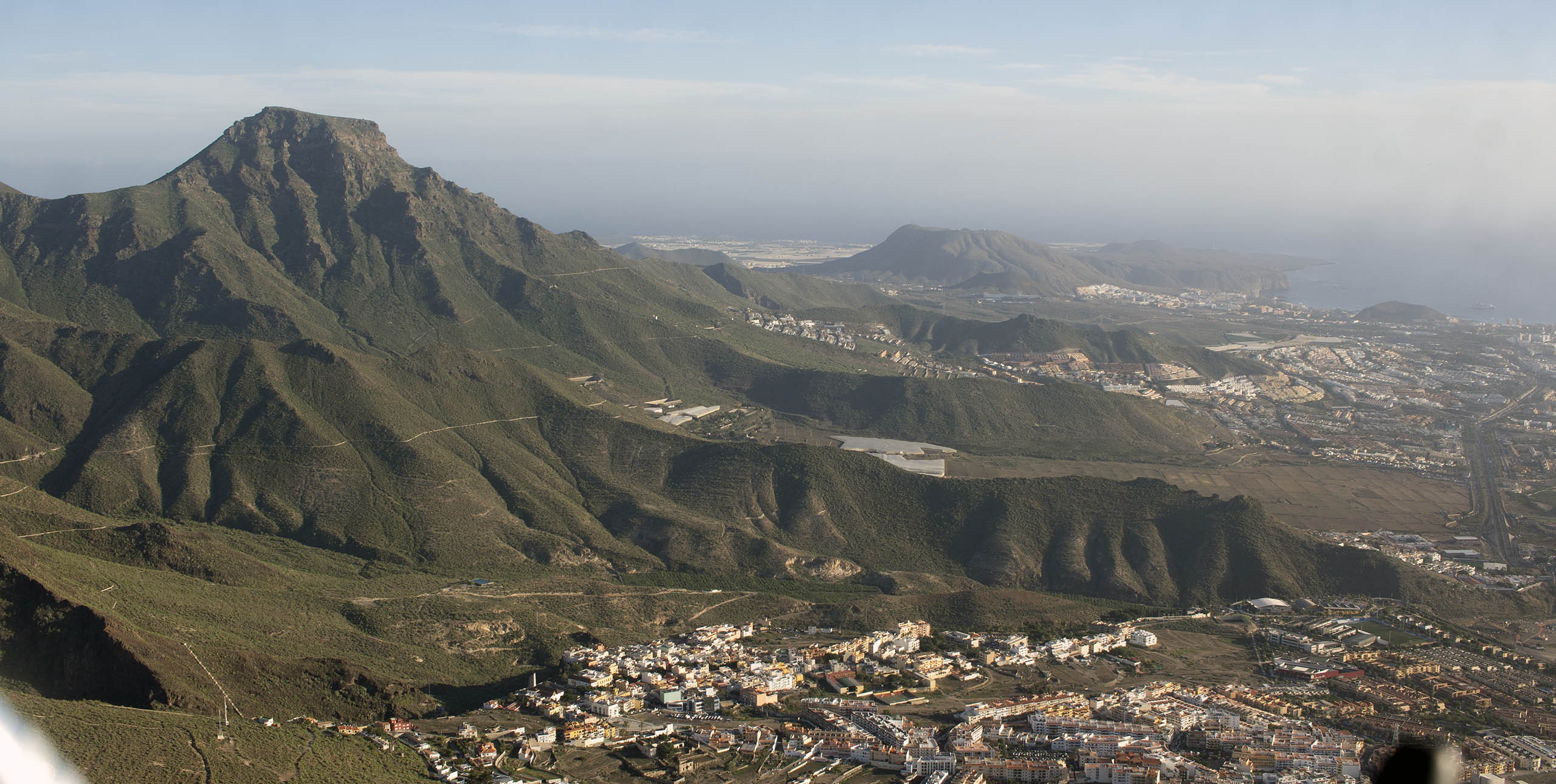
Heading to Tenerife? Know your airspace
Rogue pilots breaking airspace rules are causing problems, locals say
1 November, 2024, by Ed EwingParaglider pilots in Tenerife have issued a plea for all pilots visiting the island to observe the airspace regulations on the island.
The request comes after an Alpine pilot on holiday in Tenerife earlier in October was spotted flying close to the international airport in the south of the island, prompting a large police response.
Oana Andreea Matei, a local pilot and paragliding guide who has lived and worked in Tenerife for 15 years, said: “The pilot was flying at Montaña Roja, which is a protected area and in the CTR extremely close [2km] to the south airport. He was welcomed by lots of police, like in an American action movie, and the fine is [potentially] thousands of euros.”

She added: “The pilot will leave, but these irresponsible actions negatively affect the local flying community.”
Tenerife is the largest of Spain’s Canary Islands and is a well known and well developed flying destination. For European pilots looking to extend their flying season through the winter the season starts in October and runs all the way through to March. Each year hundreds of pilots head to Tenerife for winter flying breaks.
Oana explained: “There are several places pilots must not fly. These include the Los Cristianos ridge (CTR), Montaña Roja in El Medano (CTR) and Teide National Park.”
Teide National Park is named for Mount Teide, a towering volcano in the centre of the island and at 3,718m Spain’s highest peak.
Oana added: “You are not allowed to fly the Teide volcano, above the crater of Teide, or above or close to the Izaña Observatory. There are also some other flying sites in the north of the island that are in the CTR, and therefore illegal to fly.”
An up-to-date flight instrument will clearly show the airspace on the island. “Instruments show the information. The issue is that some pilots are intentionally not respecting it,” Oana said. “Pilots have to have some common sense and respect the airspace, even if they’re here on holiday.
Tenerife is a rewarding place to fly but can be difficult for mainland pilots to adapt to, with a mix of thermic activity, sea breezes and trade winds making the aerology complex and subject to change. Pilots need to be adept at launching in thermic conditions, able to land in often tight landing zones, and have an understanding of island weather. It is a place for intermediate pilots and above looking to hone skills and keep them sharp, not beginners looking to learn the fundamentals.
Oana added that pilots should, “Be aware of their skill level versus flying conditions, take their garbage with them, fly away from the area when there’s a rescue helicopter happening, and only land on beaches that are authorised for landing, and only when there are not too many people. And, of course, stay away from the cacti!”
Tenerife Airspace Information
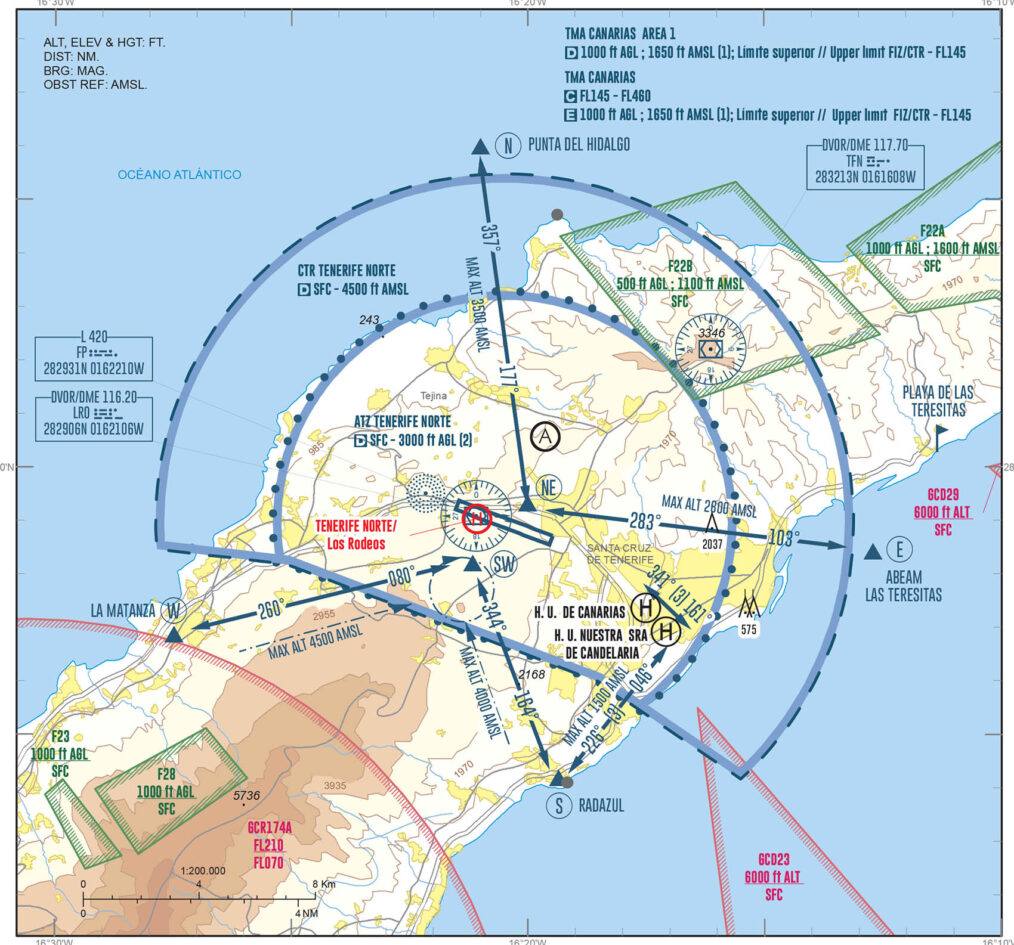
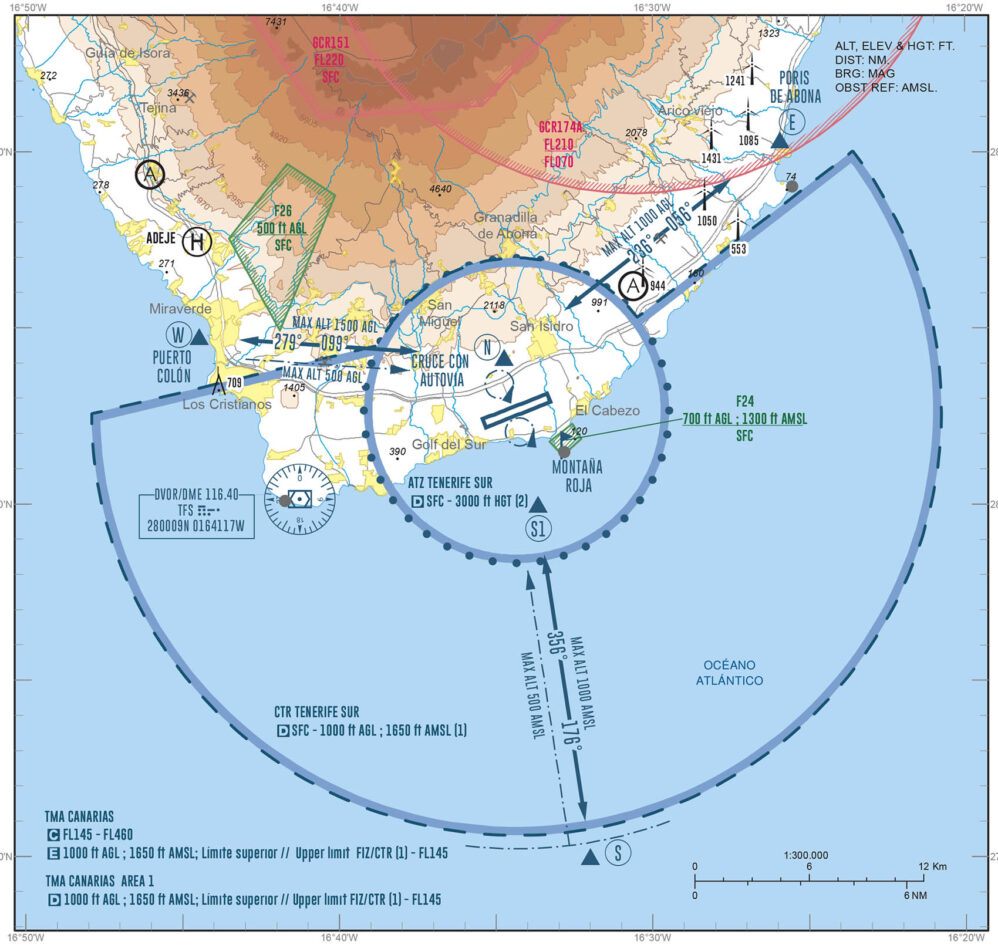
Visiting pilots can find information about the island’s airspace at these official Spanish sites:
Aip.enaire.es
Insigniavfr.enaire.es
Guiavfr.enaire.es
Several guides operate a daily or weekly pilot guiding service, including Oana’s Paraholic Tenerife and Para42.





